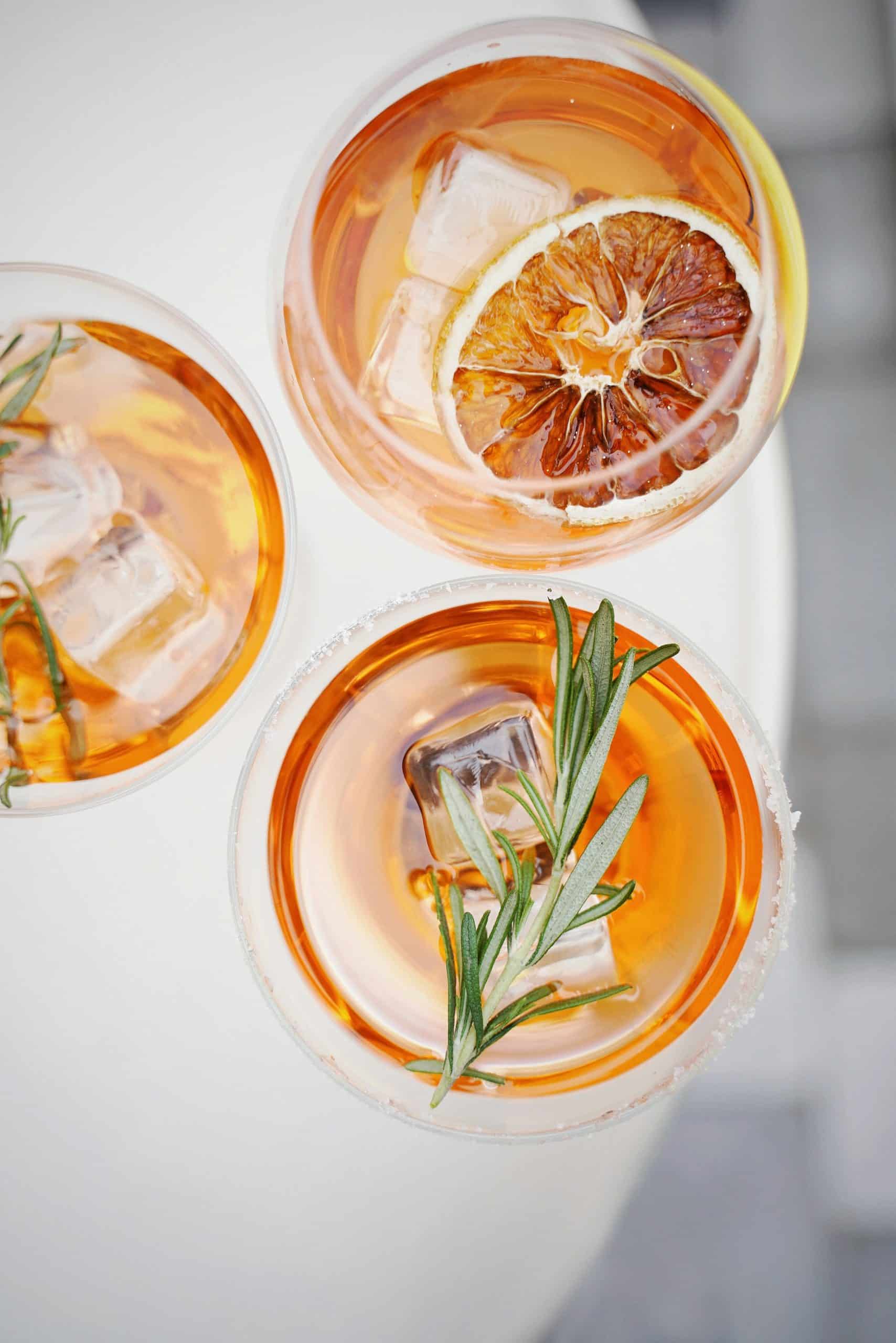Belgian Liege waffles, those golden, sugary delights, are the epitome of indulgent breakfast fare. Their characteristic crispy exterior, contrasted with a soft, chewy interior, owes much to a unique ingredient – pearl sugar. But, there’s more to crafting the perfect Liege waffle than simply adding sugar to your batter. Let’s break down the process, from the choice of ingredients to the cooking method, and discover the secrets behind a truly irresistible Liege waffle.
Choosing the Right Ingredients
Baking, at its heart, is a science. Each ingredient plays a crucial role, and selecting the highest quality options available can elevate your waffles from good to exceptional.
A voir aussi : How Can You Make a Gourmet Breakfast Strata with Artisanal Bread?
The first step in preparing your dough involves choosing the right kind of flour. Opt for a strong bread flour, which contains a higher protein content than all-purpose flour. This will ensure your waffles have a beautiful structure and texture.
Then comes the yeast. Active dry yeast is preferred over instant yeast for this recipe due to its robust flavor profile. It requires activation, unlike instant yeast, but adds an inherent sweetness to the dough that enhances the overall taste of your waffles.
En parallèle : What’s the Key to a Succulent Portuguese Piri-Piri Chicken with Homemade Marinade?
The star of the show, however, is pearl sugar. This quintessential Belgian ingredient is what gives Liege waffles their signature crunch. It’s large, hard chunks of sugar that caramelize on the waffle’s surface when cooked, leading to that irresistible crispy exterior.
Finally, don’t skimp on the butter. A higher-fat European-style butter is ideal for delivering rich, creamy flavor to your waffles, and aids in achieving that coveted crispy crust.
Mastering the Dough
The perfect Liege waffle starts with a well-prepared dough. The process may be more time-consuming compared to regular waffle batter, but your patience will be rewarded.
Begin by activating your yeast: dissolve it in warm water and let it stand for about 10 minutes until it becomes foamy. This is a clear sign that your yeast is alive and ready to help your dough rise.
Next, in a large bowl, combine your flour and salt, then make a well in the center. Pour in your activated yeast, followed by beaten eggs and warm milk. Stir until just combined, then gradually add in softened butter, piece by piece. Be careful not to overmix.
Now comes the waiting game. Cover your bowl with a clean towel and leave it somewhere warm to rise. The dough should double in size in about 1 to 2 hours. Once it’s risen, gently fold in your pearl sugar and let it rest for another 15 minutes.
Cooking Your Waffles to Perfection
The right waffle maker can make all the difference in achieving that perfect balance of crispy and chewy. A cast-iron waffle iron is the traditional choice, known for its excellent heat retention and distribution. It also gives your waffles that classic, deep-pocketed pattern.
When your iron is hot, add a portion of dough and cook for about 3 to 5 minutes, or until the waffles are golden brown. Be mindful not to overfill your waffle iron, as the dough will expand as it cooks and could lead to a sticky mess.
As the waffles cook, the pearl sugar will begin to caramelize, creating a delightfully crispy exterior. Be sure to let the waffles cool slightly before biting into them – the sugar will be extremely hot straight from the iron!
Serving Suggestions
While Belgian Liege waffles are delicious on their own, a few simple toppings can take them to the next level.
Drizzle your waffles with a touch of warm maple syrup or a dollop of whipped cream. Fresh fruits, like berries or sliced bananas, add a refreshing contrast to the rich, buttery waffles. Dust with a little powdered sugar for an extra touch of sweetness, or go the traditional Belgian route and enjoy them plain, savoring the flavors of the waffle itself.
Remember, the key to a perfect Liege waffle is in the details – the ingredients, the preparation of the dough, and the cooking process. Happy waffling!
Making Waffles Ahead of Time
If you’re short on time in the mornings or hosting a brunch party, here’s some good news: you can make Liege waffle dough ahead of time!
The dough can rest in the fridge overnight after the first rise. In the morning, let it come to room temperature, fold in the pearl sugar, and proceed with cooking. Alternatively, you can freeze individual portions of the dough after the second rise. When you’re ready to cook, just let the dough thaw in the fridge overnight.
Cooked waffles will also freeze well. Let them cool completely, then store in a freezer-safe bag. When you’re ready to enjoy them, simply reheat in a warm oven or toaster until crispy.
Pairing Your Liege Waffles
Once you’ve mastered the art of making the perfect Liege waffle, the next step is figuring out what to pair it with. The flavor of the Belgian Liege waffle is rich and sweet, thanks to the caramelization of the pearl sugar. As such, they make an excellent base for a variety of toppings and accompaniments.
You could stick to the traditional route and serve them as they are, allowing the taste of the waffles to shine through. Alternatively, you can add a light dusting of powdered sugar or a spoonful of whipped cream for extra decadence.
For a refreshing contrast, consider pairing your waffles with fresh fruit. Raspberries, blueberries, and strawberries can cut through the richness of the waffle, providing a lovely balance of flavors. Bananas also work well, especially when served with a dash of cinnamon or a drizzle of honey.
If you’re serving your Liege waffles for breakfast or brunch, consider offering a side of bacon or sausage. The savory flavors of these breakfast meats can perfectly offset the sweetness of the waffles, creating a satisfying contrast.
Finally, don’t forget about beverages. A hot cup of coffee or a tall glass of orange juice can be the perfect accompaniment to your Liege waffles. Or, for a truly indulgent treat, why not pair your waffle with a glass of champagne or a mimosa?
Conclusion: The Joy of Belgian Liege Waffles
In conclusion, the key to a delicious Belgian Liege waffle lies in the details – selecting the right ingredients, carefully preparing the dough, using the proper waffle iron, and cooking them to perfection. But beyond that, it’s about the experience they offer.
Every bite of a Liege waffle is a celebration of contrast – the exterior is wonderfully crispy due to the caramelization of pearl sugar, while the interior remains delightfully soft and chewy, thanks to the high-protein flour and active dry yeast. And the pleasure doesn’t stop at the waffles themselves – pairing them with the right accompaniments can elevate the experience, making every breakfast or brunch a special occasion.
So, whether you’re a seasoned baker or a novice in the kitchen, why not give this Belgian waffle recipe a try? With a little time and patience, you could master the art of making Liege waffles, bringing a touch of Belgian indulgence to your home. And remember, the waiting and preparation are all part of the fun – the delicious, crispy waffle at the end is just the icing on the cake!






